Hysteresis Loss:
When a magnetic material is subjected to a cycle of magnetization (magnetized first in one direction and later magnetized in opposite direction in a cyclic manner), an energy loss takes place. This energy loss is due to molecular friction in the material. That is, the domains (or molecular magnets) of the material being turned first in one direction and then the other. Energy is thus expended in the material in overcoming this opposition. This loss is in the form of heat and is called hysteresis loss.
Hysteresis loss is present in all electrical machines whose iron parts are subjected to cycle of magnetization like transformers, induction motors and other machines operated on ac supply. When an alternating supply is provided to the electrical machines the flux in the iron of these machines change in both direction and value alternatively. During this process energy is lost and this loss constitutes the core loss of the machine. The obvious effect of hysteresis loss is the rise of temperature of the machine
- Transformers and most electric machines operate on alternating current. In such devices, the flux in the iron changes continuously, both in magnitude and in direction. Hence hysteresis loss occurs in these machines
- Hysteresis loss also occurs when iron parts rotates in constant magnetic field eg- dc machines
Hysteresis Loop or B-H Loop area:
Hysteresis loop is obtained by plotting B-H (B: flux density, H:magnetizing force) of iron for one cycle of magnetization.
When the core of the machine such as transformer, induction motors is magnetized with the magnetizing force (H) by applying voltage, magnetic flux density (B) increases as shown in the figure (dotted lines) and saturates (first quadrant). Saturation region in one in which increase in the magnetization force (H) will not further appreciably increase the magnetic flux density (B) in the material.
When the applied voltage reaches back to the zero position from the peak (first half cycle), magnetizing force will also becomes zero. However the magnetic flux density in the core will not reach zero but have some finite value. This property of magnetic material to withhold some flux (B) when magnetizing strength becomes zero is called Retentivity.
During the next half cycle all the domains in the magnetic core tries to align in opposite direction as the applied voltage polarity changes and hence the magnetizing force applied. With increase in the magnetizing force (H) a point is reached where the magnetic flux density(B) becomes zero. This point is called coercivity. Beyond this point, magnetic flux will be in opposite direction with increase in field strength and reaches saturation as shown in figure (third quadrant).
Further applied magnetic field will starts decreasing from peak and reaches zero. This decrease in the magnetic flux with decrease in field strength can be seen in figure (third quadrant) and reaches back when the voltage polarity changes.
This forms the B-H loop of hysteresis loop of the magnetic material of the machines
Importance or Significance of B-H Loop:
The shape and size of the hysteresis loop largely depends on the nature of the magnetic material. The choice of a magnetic material required for a particular application often depends on the shape and size of the hysteresis loop.
- The smaller the hysteresis loop area of a magnetic material, the less is the hysteresis loss. For example, the hysteresis loop area for silicon steel has very small, for this reason silicon steel is widely used for manufacturing of transformer cores and rotating machines which are subjected to rapid reversals of magnetism
- The hysteresis loop for Hard Steel (large hysteresis loop area) indicates that the material has high retentivity and coercivity. Therefore hard steel is quite useful in making permanent magnets. But due to large area hysteresis loss is quite high. This is the reason hard steel is not used for construction of electrical machines
Methods to reduce Hysteresis Loop or B-H Loop:
Hysteresis loop can by using soft magnetic materials (like CRGO core magnetic material in transformers) having smaller loop to reduce the hysteresis loss.
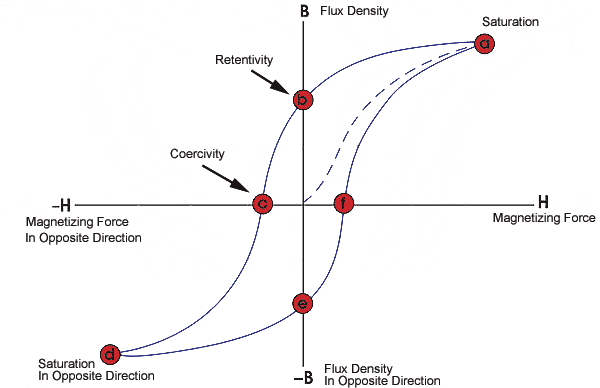
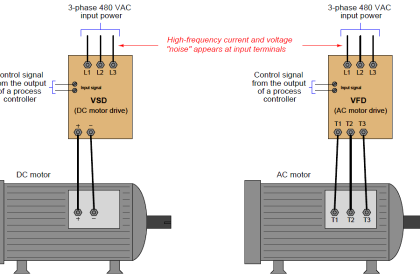
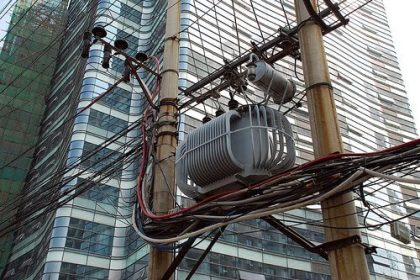

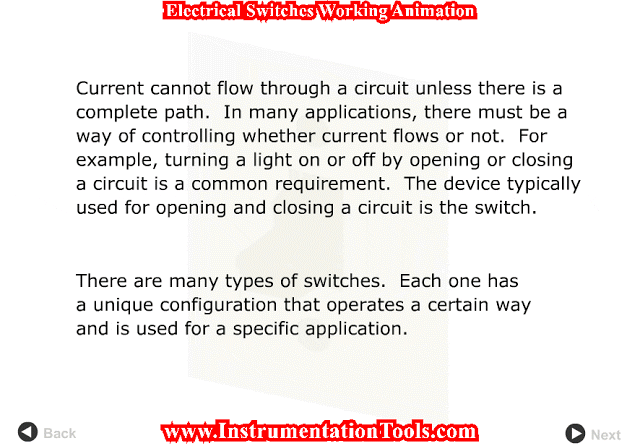



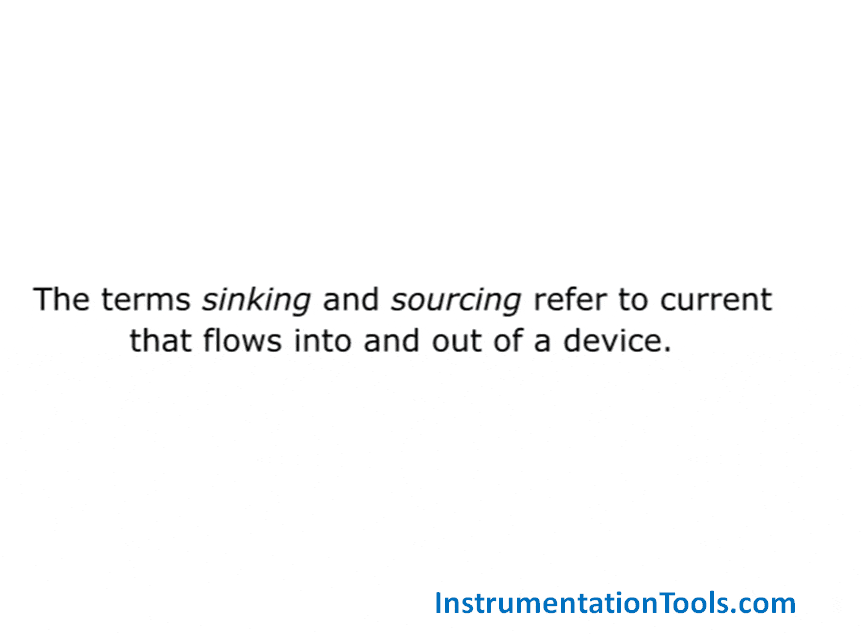
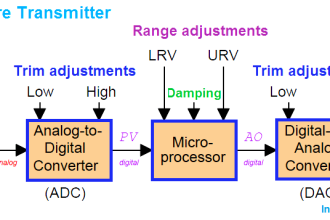
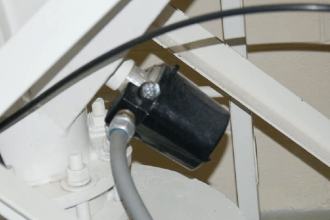

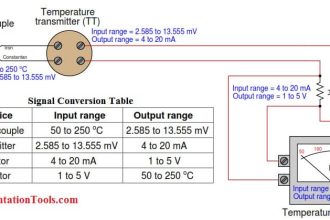

This app gives us more knowledge.